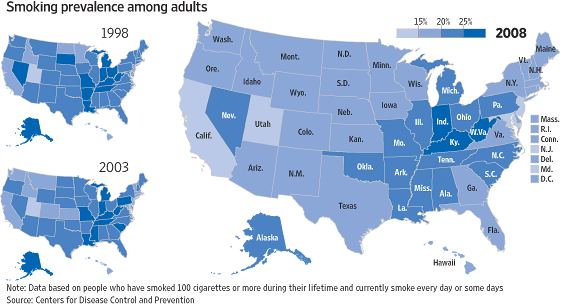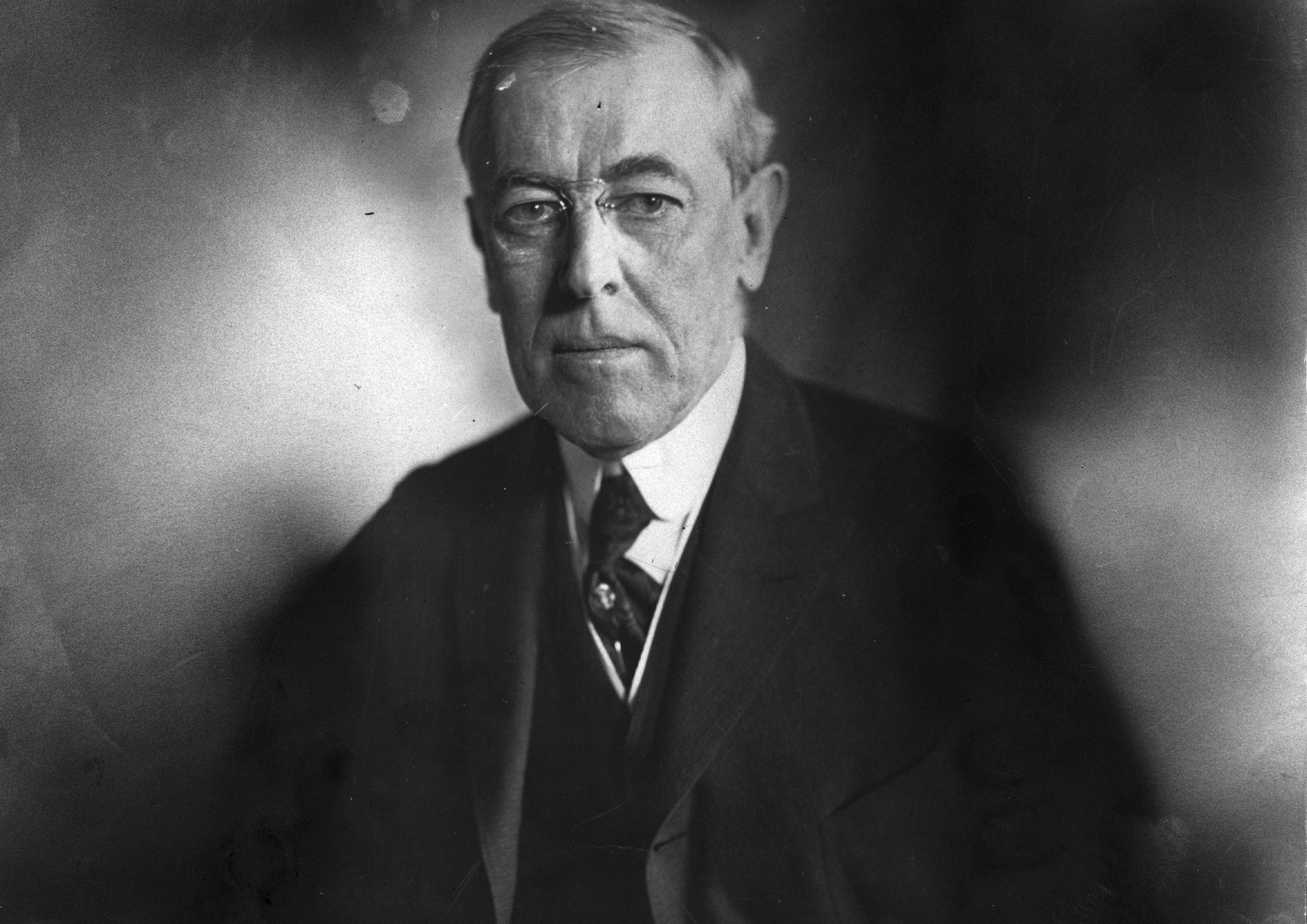
President Obama promised nothing less than a miracle when he announced a new push to cure cancer. “For the loved ones we’ve all lost, for the family we can still save, let’s make America the country that cures cancer once and for all,” he said in Tuesday night’s State of the Union address.
The idea to make this a focus for his final year in office came from Vice President Joe Biden, who lost his son to brain cancer. In a speech last year announcing he would not run for office, Biden vowed to focus his efforts on eradicating cancer, calling it America’s next “moonshot.”
The details of how this will get done are murky. And Obama isn’t the first president to make the promise of delivering a cure for what we now know to be an extremely complex and multifaceted disease.
For now, here’s how cancer in America has changed over the years, and how it affects Americans today.
1) Cancer is a bigger killer today than it was in 1900

The New England Journal of Medicine Leading causes of death, 1900 versus 2010.
The New England Journal of Medicine looked back over a century to see how the causes of death in America have changed.
As you’ll notice, chronic killers (such as cancer and heart disease) gain prominence, as do other diseases of aging (Alzheimer’s). This is in large part because people are living much longer. (Thanks to modern medicine and our understanding of the germ theory of disease, people are now less likely to die from infectious agents like tuberculosis and pneumonia.)
2) Cancer is the second leading cause of death in the US

CDC Age-adjusted death rates for the 10 leading causes of death in 2012: United States, 2011–2012.
Cancer is the second leading cause of death in the US (after another chronic killer, heart disease). But not every cancer is equal, and not every cancer is a death sentence. The word — which comes from the Greek word for crab, probably because of the multiplying cells that grow out of control in many directions — refers to more than 100 diseases.
3) In 2016, most new cancer cases in men will be found in the prostate; for women, the breasts
Each year, the American Cancer Society estimates the numbers of new cancer cases and deaths that will occur in the United States. Here are the 10 most common cancers that men and women are likely to get in 2016.

American Cancer Society Estimated new cases in men and women in 2016.
Prostate, lung and bronchial, and colorectal cancers account for 44 percent of the new cases in men. For women, breast, lung and bronchial, and colorectal cancers are the top three, representing half of all cases. Breast cancer is expected to account for 29 percent of new cases in women.
4) The American Cancer Society projects there will be 595,690 cancer deaths this year
On cancer deaths, the American Cancer Society estimates that lung and bronchial cancers will claim the most lives in both sexes.

American Cancer Society Estimates deaths for men and women in 2016.
All told, this year there are expected to be 1,685,210 new cancer cases in the US this year, and 595,690 cancer deaths.
5) The cancer death rate is dropping overall
There’s at least some good news: The cancer death rate has dropped by 23 percent since 1991, which means that more than 1.7 million deaths have been averted through 2012.

American Cancer Society Trends in cancer incidence and death rates by sex, United States, 1975 to 2012.
In some cancers, researchers have made a lot of progress. The discovery of the Pap test to detect early cervical cancer transformed this type of cancer from a leading killer among women to a chronic disease.
But other cancers are still very deadly. For example, advances have been slow for lung and pancreatic cancers, the American Cancer Society says.
6) Changes in breast and prostate cancer incidences have come, in part, as a result of better screening

American Cancer Society Trends in incidence rates for selected cancers by sex, United States, 1975 to 2012.
When you look at cancer incidence by type, you see a more nuanced story. According to the American Cancer Society, these varying incidence rates reflect “trends in behaviors associated with cancer risk, improvements in cancer prevention and control, and changes in medical practice.”
You see a spike in prostate incidence in the US — the result of prostate screening campaigns that led to more diagnoses of prostate cancer. In women, the increase in breast cancer incidence in the 1980s is partly driven by the use of mammography screening to find early cancers.
Meanwhile, lung cancer rates in men started to drop in the mid-’80s, largely as a result of anti-smoking campaigns. That drop came later for women, who continued to pick up the habit as men started to quit in greater numbers.
7) Smoking remains a huge cause of cancer in the US

For both sexes, smoking is still a leading cause of cancer death for Americans. The American Cancer Society estimated that in 2015, some 171,000 cancer deaths were caused by tobacco smoking alone.
About one-fifth of Americans still smoke. If this final 20 percent kicked the habit, the lifespan in this country would increase. So even today, tobacco use contributes to four of the five leading causes of death (heart disease, cancer, lung disease, and stroke).
8) Researchers are still trying to figure how best to use mass screening for some types of cancer

(NEJM)
The whole idea behind cancer screening is that doctors will find the disease earlier — even before symptoms appear — and therefore be more likely to successfully treat it and control any spread. But as this chart, from the New England Journal of Medicine, shows, the introduction of mass mammography screening has failed to reduce the rate of advanced-stage breast cancers in women.
As you can see, the incidence of metastatic cancers (or cancers that have already spread and are therefore more deadly) has remained stable since 1975 — despite the initiation of widespread screening programs aimed at getting all women of a certain age mammograms. Meanwhile, for men it appears mass prostate cancer screening has been able to detect the more serious metastatic cases early and thus reduce the number of people with cancers that eventually spread.
The researchers think this has to do with the sensitivity of the two tests: A prostate-specific antigen test, accompanied by multiple biopsies, is better at detecting cancer than a mammogram.
via : Vox – Policy & Politics










